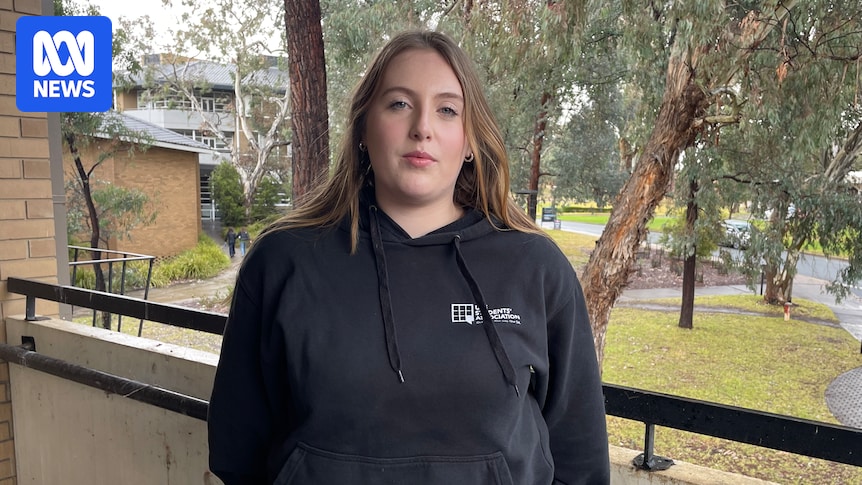
The number of students receiving Youth Allowance payments in Australia has plummeted over the past two decades, raising alarms among experts who fear that low-income and regional students are increasingly being excluded from higher education. According to the Department of Social Services, the number of students benefiting from Youth Allowance dropped from approximately 275,000 in June 2005 to just under 162,000 in May this year.
This decline occurs despite an overall increase in university attendance, prompting concerns about the accessibility of tertiary education for disadvantaged groups. Neeve Nagle, a law student at the University of Technology, Sydney, and a member of the National Union of Students, emphasized the impact on low-income and regional students, stating, “Universities shouldn’t be places that only rich and wealthy people can attend and learn from. It should be for all students.”
Impact on Low-Income and Regional Students
Neeve Nagle’s personal experience underscores the challenges faced by students from less privileged backgrounds. Originally from a small town in the Hunter Valley, New South Wales, Nagle moved to Sydney to pursue her education. Initially eligible for Youth Allowance, she now juggles full-time work and study, making her ineligible for further payments.
“Students are not able to afford to have full days off for uni because they’re not on Youth Allowance and they need to go work their job instead,” Nagle explained, highlighting the financial strain that forces many students to prioritize work over education.
“Youth Allowance payment rates drop once combined parental income hits $65,189.”
The federal budget this year projected nearly $500 million less in expenditure on student payments due to the declining uptake of Youth Allowance. A spokesperson for the Department of Social Services attributed part of this decrease to a 2012 policy change that removed eligibility for 16- and 17-year-olds still in high school.
Structural Decline and Policy Concerns
Andrew Norton, an expert in higher education policy at Monash University, described the situation as a “structural decline” in Youth Allowance uptake. He noted, “We don’t have any fantastic research on this,” but suggested that the strong labor market could be a contributing factor, with more students working during their studies.
“If we take it back to 2014 … just over half [of Youth Allowance recipients] were working during semester and now it’s over 70 per cent.”
The design of Youth Allowance itself may also contribute to the decline. The parental income test, which excludes many from receiving benefits, is a significant barrier. As Professor Norton pointed out, “The parental income test does actually exclude a lot of people.”
Calls for Reform
National Union of Students president Ashlyn Horton criticized the current system for forcing students to choose between education and financial survival, stating, “The tanking of the Youth Allowance rate is creating division, socio-economically.”
Charmaine Crowe, program director of social security at the Australian Council of Social Services (ACOSS), argued that the current Youth Allowance rate is insufficient, equating to just 35 percent of the minimum wage. “ACOSS is really concerned that the low rate of the payment itself is leading to young people not studying because Youth Allowance simply isn’t enough to cover the basics,” she said.
“Youth Allowance is just $48 a day … To put that into perspective, that’s just 35 per cent of the minimum wage.”
Future Outlook and Potential Changes
Despite the challenges, there has been a modest increase in Youth Allowance uptake recently, with about 20,000 more recipients this year compared to last. This uptick may be linked to a record number of domestic student enrollments, as highlighted by federal Education Minister Jason Clare.
The Universities Accord, a strategic document for Australia’s tertiary education future, emphasizes the need to make university more accessible to underrepresented groups, including low-income and regional students. Raising Youth Allowance rates has been a top priority for the Economic Inclusion Advisory Committee for several years.
As the conversation around Youth Allowance continues, the government faces mounting pressure to address these concerns. Social Services Minister Tanya Plibersek has yet to respond to inquiries about potential plans to increase Youth Allowance rates in the upcoming term.






